ECG Blog #391 — Asymptomatic but Irregular.
Ken Grauer, MD
AUGUST 18, 2023
He was not symptomatic with the ECG shown in Figure-1. How would YOU interpret this ECG? Extra Credit ( which is a HINT to the Answer! ): How many beats are recorded on the ECG in Figure-1 ? Figure-1: The initial ECG in today’s case. ( To improve visualization — I've digitized the original ECG using PMcardio ).





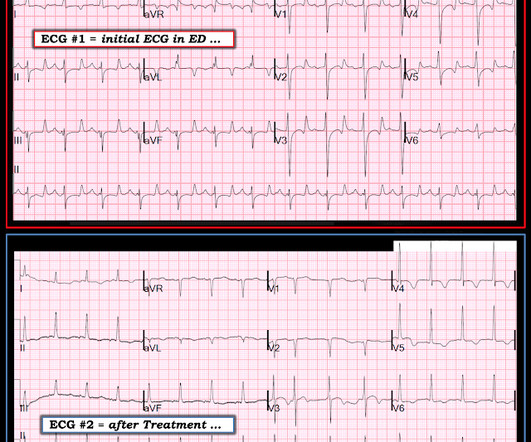


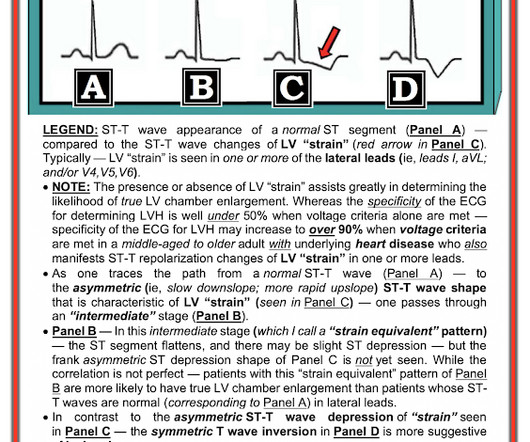







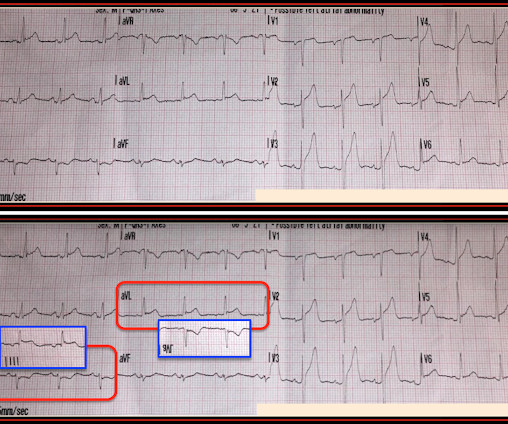

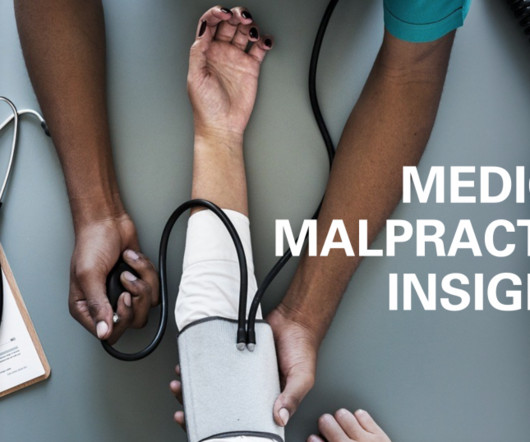









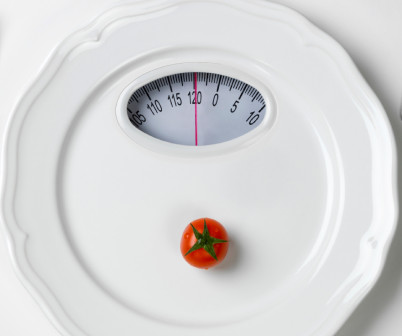




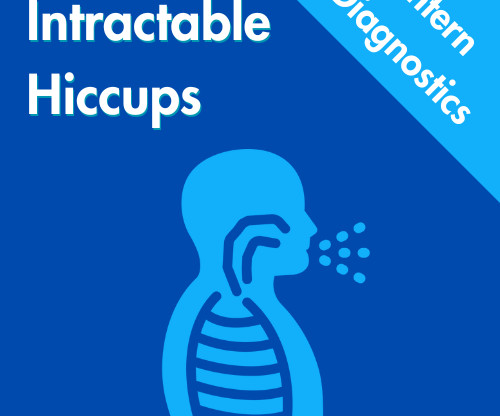
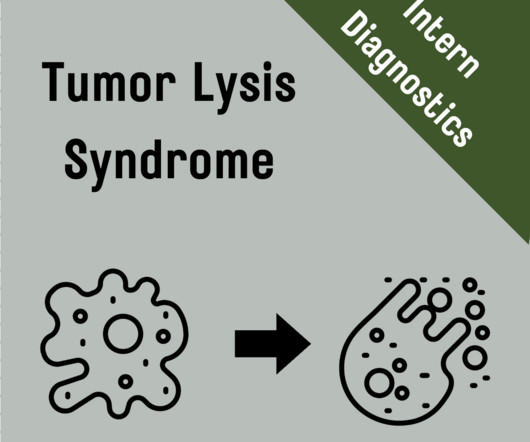
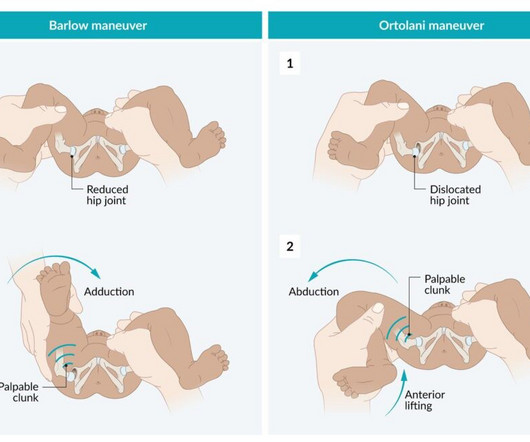






Let's personalize your content